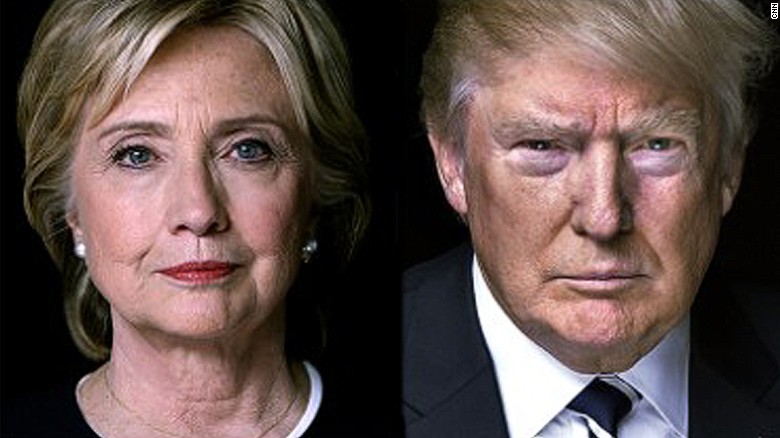The secret to successful deception in politics is the ability to control the truth, the middle ground and the lie. Propaganda cannot be effective if it’s not intertwined with the truth in some manner. Yet, just because half of the message is based in reality does not make the other half of it true. In order to gain true buy-in to your message from any group of people, you have to control the entire narrative and deliver it to the people in a manner they identify with.
This article is a continuation of our Deception in Politics series, highlighting the psychology of persuasion in political deception. As it is an election year, this topic is immediately necessary for the general public to understand. We want voters to think for themselves, not have their opinions handed to them through the most convenient media outlet.
The Psychology of Persuasion
The theory of the psychology of persuasion largely employs what is known as truth bias. There are other elements to using persuasion to deceive the masses, such as body language, positive association, etc., but truth bias is the cornerstone of persuasion in deception. Truth bias states that people naturally want to believe others, even in the face of contradictory evidence.
Essentially, truth bias means you want to believe people are truthful even when they appear deceptive, simply because they have never deceived you in the past as far as you know.
In this regard Samuel Johnson once said, “We are inclined to believe those we do not know, because they have never deceived us.” Not only are we inclined to believe what people tell us when they haven’t deceived us previously, but many people associated with easily influenced groups are also lazy in general and will fail to check their sources.
[Tweet ““We are inclined to believe those we do not know, because they have never deceived us.” -Samuel Johnson”]Not many people will actually fact check the headline that they saw on their favorite media outlet. In fact, most people don’t know that the media outlets themselves are all owned by a small group of people, or elite. Therefore, the news we get and how it is worded is actually controlled by these same elite individuals that make up majority of the two dominant political parties.
Instead of checking their sources, there are those who will click, “Share,” write their agreement and spread a false or less-than-truthful post to their friends. This snowballs into another persuasion technique called social proof. Social proof is that strange occurrence when people think something is correct simply because similar others think it is correct (Marcoz). We see this more often than we realize on a daily basis.
In order to prevent yourself from being easily persuaded or influenced, ask yourself these key questions each time you see a news story, or public statement made by a politician:
- Who stands to benefit from the message being put out?
- Who stands to lose from the message being put out?
- What will the effects of this message be on the general population? OR What are the effects of this message already? (social proof)
- What norms are used to reach the target audience?
- Who is the target audience? Why?
- What persuasive technique is used? Label this so you may easily identify it, which takes away its power.
Persuasion in The 2016 Election
The elements of psychological persuasion and social proof together are executed by politicians to maintain popularity. This election season alone it seems as if we’ve seen more false accusations and deceit than ever before from both the democratic and republican parties.
No one has been accused more of lying than Republican Nominee, Donald Trump. More than one media outlet has plainly put forth the false beliefs and statements said by Donald Trump, and yet he is garnering an increasing amount of support. Why?
Well, Trump has expertly used truth bias and especially the concept of social proof. He points out his large crowds, and even goes so far as to tell the public, “everybody loves me.” He uses truth bias to give the illusion of social proof, in an attempt to create the social proof he says exists in the first place. It’s a circular, but effective, process.
On the other end of the spectrum, Hillary Clinton is under fire for her email scandal. A scandal in which, “agents did find direct contradictions, misleading claims and falsehoods in assertions made by Clinton and her campaign about her use of a private email server while secretary of state,” (The Guardian and CNN).
Many have argued that both Hillary Clinton and Donald Trump are unqualified to run for President of the United States, but none more loudly than those protesting Clinton. If this is the case, then why is she getting so much support?
Put bluntly, Hillary uses Donald Trump’s lack of experience and rough personality as a comparison to boost her own image to the Democratic and Republican voters. Watch the first few minutes of her speech contrasting herself to Donald Trump (about minutes 4-11):
Clinton uses multiple of persuasive tools including the fundamental attribution error, comparison and contrast, distraction and her own expert authority as the candidate with the most political and foreign policy experience. As she attributes many less-than-flattering traits of Donald Trump to his overall ability to lead the country, she is distracting the public from her own scandals and deceit. She compares herself, presented as an expert authority, to Donald Trump, who has no experience in foreign policy or politics.
Essentially, both candidates have proven to have some level of deception, yet both are still the top choices to lead the United States for the next four years. Just as we discussed in the beginning, this is because they are both attempting to control the truth, the middle ground and the lie through various tactics.
Have more to add? Please leave a comment below. Share this post with your friends, too.








It is always wise to watch (see and listen) candidates carefully. They are great training aids for improving your own communication skills.
Very good write-up. I definitely appreciate this site. Keep it up!